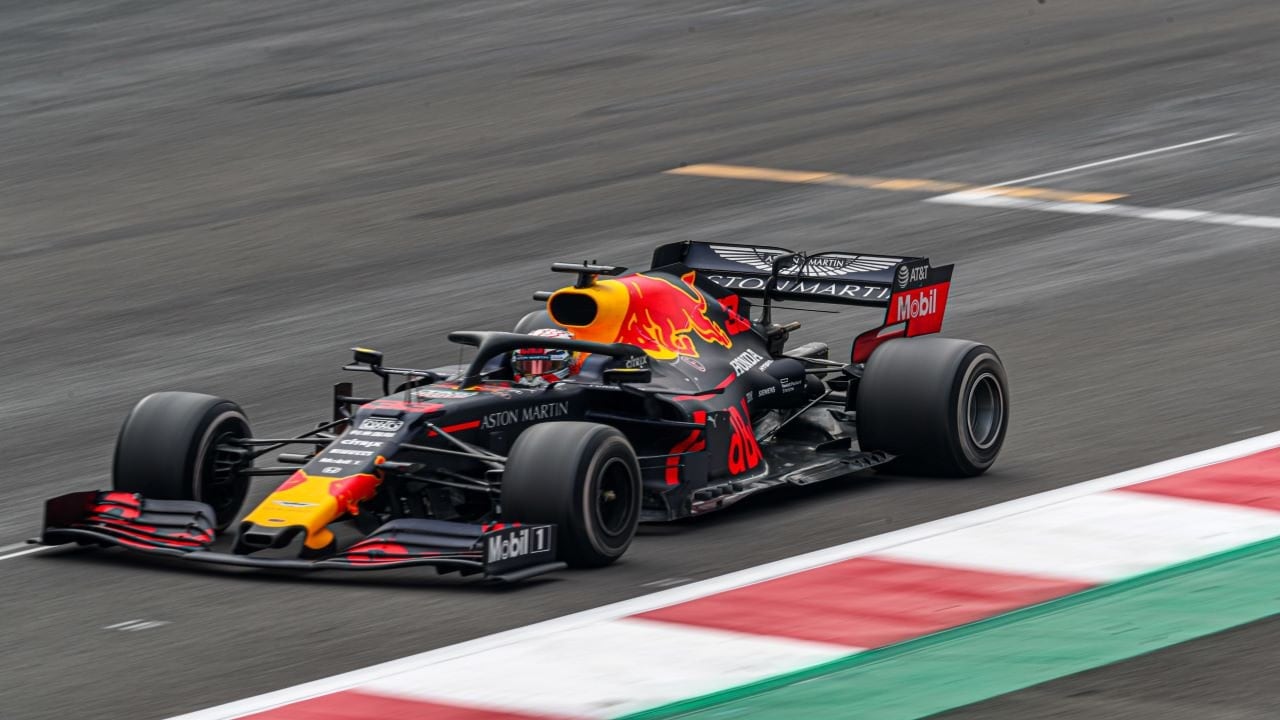Cricket has thrived in India, so far. Not because the sport marketed itself well or anything. Instead of the BCCI or ICC, our parents and family led the indoctrination from when we were two days old. Why did this happen? The answer is very simple. There were hardly any channels while growing up in the ’90s. There was nothing binge-worthy. Content wasn’t gamed to algorithms or human behaviour. So in Ravi Shastri’s words, “Cricket was the real winner.”
It was the only ‘most exciting’ thing among the other limited things on TV. It had no real competition for years. So when sport becomes family viewing, it is very hard to break the chain. Families need ammo for small talk, if that supply isn’t coming from love marriages in the family, it starts coming from shared experiences like serials, movies and cricket.
Month in Focus LogoOnce you enter the small talk club, you don’t need marketing or content to grow the sport. This mummy-daddy marketing not only gets you viewers but gets you loyalists – the gold standard viewer. When children watch content with their parents, they also watch the reaction of parents to the content. They understand events through the perspective of their parents in their impressionable years. This is how political ideology gets passed on from generation to generation; this is also how sporting loyalty gets passed on. At least until the kids turn adults and rebel.
But this was until the early 2010s. Things changed after that. Today, we are a multi screen household. Children have their own screens, parents have their own screens and grandparents complain about everyone having their own screens on their WhatsApp window. Families are soon going to have fewer shared experiences with respect to content. Which means fewer parents peddling their favourites to the next generation. Suddenly, certain sports will have to start slugging it out in the free market for the attention and interest of the next generation.
To become a fan of a particular sport, you need to have context: Why is the win so important to a particular character? Why is someone the hero, the villain, or the underdog? Whose story do you relate to the most? We usually invested our childhoods into gaining this context. But as we grow up, we don’t have the time, or the patience to invest in a sport: gain all the context, develop a perspective and fall in love with a hero or a team, for whom you can’t miss a single game. And that was until sport discovered content marketing.
I restarted watching F1 (Formula 1) after watching a season of Drive To Survive. I started following the EPL (English Premier League) after a season of All Or Nothing. I started playing European football after getting hooked on the PlayStation in my office. Why did this happen? Well-produced content fast-tracked context.
At the heart of it, every game is almost a three act structure – like a movie. There’s drama, an all-is-lost moment, characters overcoming difficulties in order to have a dramatic happy ending. To truly feel this thrill like a die hard fan, you need to feel for the characters.
And well-produced sporting content and video games is the fastest way to bring everyone up to speed with everything that is happening, in order to get invested into the drama and understand the story. Today for a sport to grow, the content around the sport has to be king.
When Liberty Media acquired F1 in 2017, they didn’t look at getting better race car drivers to grow the sport. They looked at content and packaging. To grow an otherwise stagnant fanbase, they had to enter into the realms of pop culture in order to get relevant again. They chose content because content breeds culture.
This is a golden opportunity for sports that have historically found it hard to get an audience to put itself on the map.
And at the same time, it’s a massive threat to sports that has built its fandom based on the monopoly of single screen homes. With a generation that is suffering from dwindling attention span and dopamine addiction, cricket in particular could be under significant threat. T20 has saved the sport, but is that enough?
Sporting bodies need to start understanding the importance of content. They can start by going easy on YouTubers and content creators who use their footage in their content. Yes, monetise your IP and footage rights by striking deals with billion-dollar corporations instead of using the same terms to go after a YouTuber who makes a few thousand rupees on revenue when their video goes viral.
In fact, start paying anyone who is using your content and going viral because they are marketing your sport and placing it in pop culture. M.S. Dhoni can hit a six in the last ball, but if you don’t create enough interest before the match to bring in the viewers, nobody is going to watch that six over long on.
Note to readers: Storyboard18’s new Month In Focus initiative spotlights themes and topics that are pushing marketers to reshape and rethink how brands interact with today’s customers. Our first theme is Just Sports, a special spotlight on sports marketing presented by Sports18. We bring to you stories of how marketers are harnessing the power of technology, innovation and creativity in sports to create powerful storytelling in campaigns that increase affinity and loyalty with audiences. From traditional sports platforms around cricket to emerging games and the rise of esports, we get leading voices from the marketing and sports worlds to give us sharp and fast insights into future-facing marketing practices. Also, tune in for analyses which will surface ideas and strategies that are helping brands to level up experiences and storytelling with authentic collaborations. So watch this space for Just Sports
